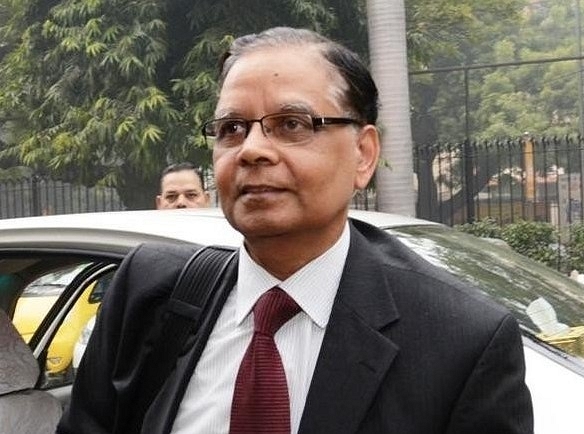
Panagariya Brings Clarity To Debate On Jobs: We Don’t Have To Create 12 Million Jobs Annually
Panagariya has brought clarity to the jobs debate, and it is worth focusing on the issues he has raised.
It needed an Arvind Panagariya, the first deputy chairman of NITI Aayog, to bring some semblance of logic into discussions on jobs, especially the alleged number of new entrants entering the job market every year.
The figure everyone touts – no one knows who started it – is 12 million new job seekers every year, which implies that one million jobs have to be created every month.
But Panagariya points out a simple fact in an article in The Times of India today (2 May). Joblessness is a function not of the total number of people entering the 15-plus working age group in any year, but the number of people actively seeking a job and not getting it.
Not all who are in the working age group want a job; whether this is due to the pursuit of higher studies, family compulsions, a regressive attitude towards female employment, or simply a desire to retire early is beside the point. It is the active workforce, those with jobs and those seeking one, that defines the extent of joblessness.
The key number here is the labour force participation rate (LFPR), or the percentage of those with jobs plus those actively seeking jobs divided by the working-age population.
According to the Centre for Monitoring Indian Economy (CMIE), the September-December 2017 figure for the all-India LFPR is just under 44 per cent. This means, of the 972 million people in the working age population, just around 427 million are seeking jobs, of whom 406 million have one, leaving 21 million unemployed.
Panagariya, quoting estimates by a technical group on population projections, notes that between 2016 and 2021, roughly 74 million would have entered the working age range, which means roughly 15 million people technically entering the job market. But since the LFPR is much lower, the actual number of jobs required is 7.5-7.8 million (the LFPR used here is closer to 50, and not that derived from CMIE surveys).
This estimate is not too far from the estimate worked out by the World Bank in its South Asia Economic Focus report of Spring 2018, titled Jobless Growth? It projects that roughly 8.1 million new jobs need to be created every year if the employment rate (similar to the LFPR) is at 50-52 per cent.
As opposed to this requirement, India is probably capable of generating around 6 million jobs without any real reform or labour laws or other incentives for job creation.
According to the CMIE’s four-monthly employment report, in 2016 – when the impact of demonetisation (DeMO) and goods and services tax (GST) was minimal – employment grew by 5.7 million. In 2017, the job creation engine faltered under the twin impact of DeMo and GST. This year, it should be back again at its old numbers.
The simple number to focus on is probably this: there may be a gap of two to three million jobs at current LFPR rates, and the jobs created may also be of poor quality. The other challenge is to get female work participation rates up, as it is currently abysmally low at just 13.6 per cent, according to CMIE. This is essentially India’s real jobs challenge.
Panagariya has brought clarity to the jobs debate, and it is worth focusing on the issues he has raised.